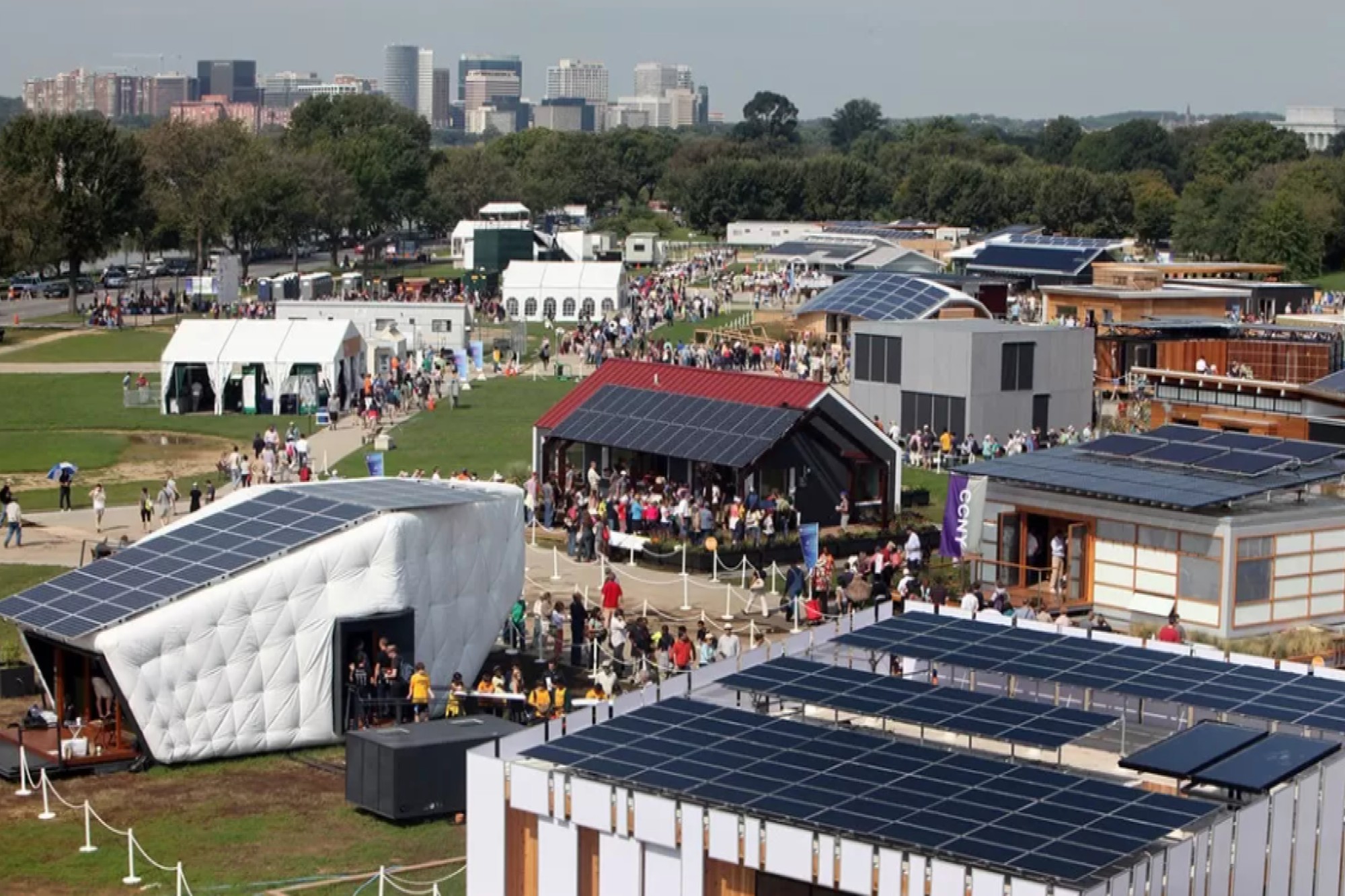Manyachiwadi in Satara becomes Maharashtra’s first solar village
By Staff Report August 19, 2024 2:26 pm
By Staff Report August 19, 2024 2:26 pm

The state plans to generate 12,000 megawatts of solar energy within the next 18 months, expanding the initiative to more than 70 additional villages, with up to two villages participating per district.
Maharashtra is embarking on a pioneering journey towards sustainable energy with an ambitious initiative by the Maharashtra State Electricity Distribution Company (MSEDCL) to transition up to 100 percent of the electricity in selected villages to solar power. The first village set to benefit from this scheme is Manyanchiwadi, located in Patan Taluka, Satara district. This village is poised to become Maharashtra’s inaugural solar village,’ having already achieved a notable milestone with its existing 100 kilowatts of electricity generated through rooftop solar panels.
The state government, led by Chief Minister Eknath Shinde, officially inaugurated Manyanchiwadi as a solar village,’ underscoring its commitment to advancing renewable energy. Shinde highlighted the success of the PM Surya Ghar scheme, which has significantly reduced electricity costs for residents, and praised the 90-95 percent subsidy available to farmers for solar pump sets under the Mukhyamantri Saur Krushi Pump Yojana.
Deputy Chief Minister and Energy Minister Devendra Fadnavis announced that Maharashtra aims to generate 12,000 megawatts of solar energy within the next 18 months. This effort is part of a broader plan to provide farmers with free daytime electricity, supporting their agricultural needs. MSEDCL has extended this initiative to include up to two villages per district, with Manyanchiwadi leading the way and more than 70 additional villages across the state set to follow suit in the coming months.
The plan emphasises the installation of rooftop solar panels, with the government offering substantial subsidies to encourage widespread adoption. Under the Pradhan Mantri Suryaghar Free Electricity Scheme, domestic consumers in the designated villages can receive a maximum subsidy of INR 78,000 for installing solar panels with a capacity of up to 3 kW. Excess electricity generated can be sold back to MSEDCL, potentially leading to zero electricity bills and additional income.
To support the success of this initiative, the government plans to allocate funds for the solarisation of water supply and street lighting systems in these villages, further reducing dependence on conventional electricity. MSEDCL Managing Director Lokesh Chandra noted that the utility will also engage commercial and industrial consumers in the solarisation scheme, aiming for a comprehensive approach to renewable energy adoption.The Pradhan Mantri Suryaghar Free Electricity Scheme, part of the Central Government’s broader effort to provide 300 units of free power to one crore households nationwide, aims to install rooftop solar panels in 20 lakh households in Maharashtra. To date, approximately 3.5 lakh consumers have registered for the scheme, with 2.3 lakh applications submitted through the Mahavitaran portal. The scheme offers significant subsidies, including INR 30,000 per kilowatt for systems up to 2 kilowatts and INR 78,000 for systems larger than 3 kilowatts. Residential cooperative housing schemes can receive INR 18,000 per kilowatt for up to 500 kilowatts, which may also include vehicle charging facilities.
A senior MSEDCL official highlighted that the implementation of this solar-powered electricity plan is a major step towards promoting sustainable energy practices. By providing subsidies and incentives, the government is making solar power more accessible, contributing to a greener future. The success of Manyachiwadi could serve as a model for other regions, potentially inspiring more communities to embrace renewable energy.
As Maharashtra progresses towards its goal of establishing solar villages, it is setting a precedent for India. According to the latest state economic survey, Maharashtra ranks fifth in India for installed renewable energy capacity, following Gujarat, Rajasthan, Tamil Nadu, and Karnataka. The state’s total installed renewable energy capacity has increased from 11,476 MW to 12,271 MW, with the share of renewable energy rising from 23.8 percent to 32.1 percent over the past five years.
We use cookies to personalize your experience. By continuing to visit this website you agree to our Terms & Conditions, Privacy Policy and Cookie Policy.